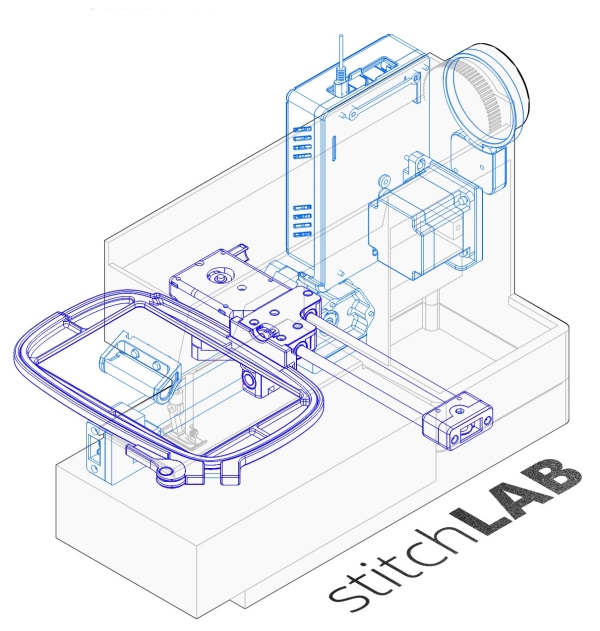What
if you could stitch with a joystick—or simply by dancing?
Stitchlab is a research initiative
that transforms obsolete household sewing machines into open-source embroidry machines. Based on digital manufacturing techniques
and the modular logic of 3D printing, the analog machine is given a digital brain: it becomes programmable, networkable, and
opens up new creative possibilities.
Stitchlab was developed by Paul-Reza Klein (Studio Praxistest), Ute Neuber,
and Walter Lunzer at the
Department of Textile – Free, Applied and Experimental Artistic Design as a digital artistic
tool and as a critical response to the curriculum for design and technology, which defines digital skills, technology, design,
and textiles as central areas of learning. Through the self-directed construction, further development, and application of
the Stitchlab machines, these areas are meaningfully interwoven. The machines function as practical interfaces for learning
and creative work. They connect visual programming platforms such as TurtleStitch with physical-tactile practices and create
new approaches to engaging with artificial intelligence in a textile context.
Stitchlab is the third lecture
in the DIGITAL ART FOR TEXTILE ART EDUCATION series organized by the Department of Textile – Free, Applied and Experimental
Artistic Design. The series is dedicated to the question of how open-source technologies and digital tools are transforming
textile production and teaching while opening up new creative possibilities.




